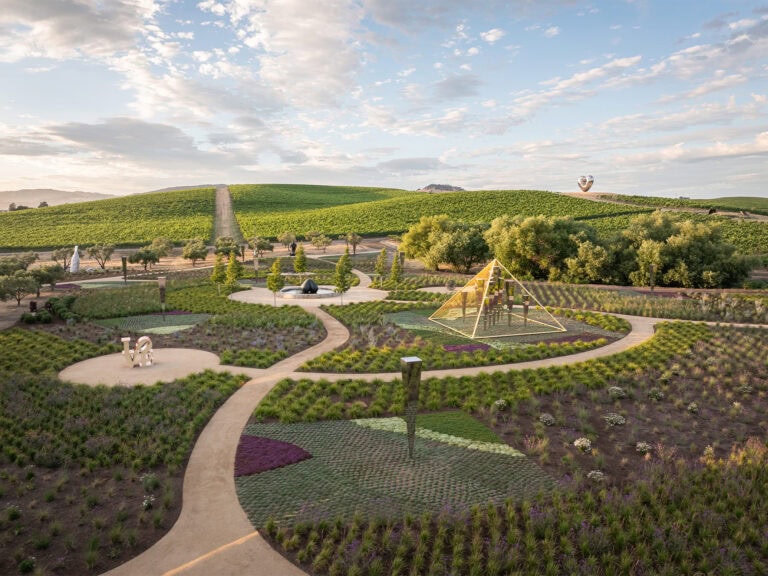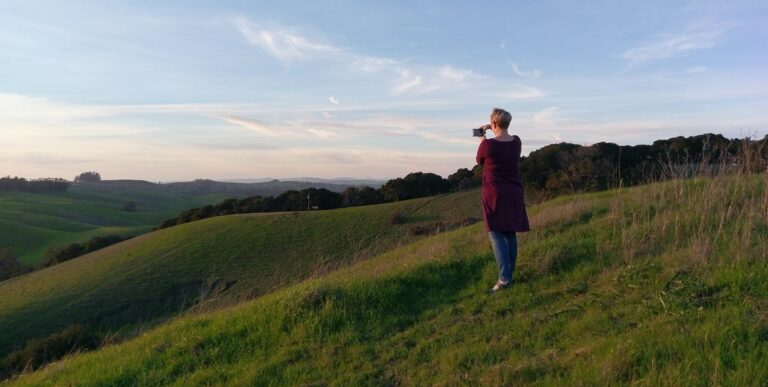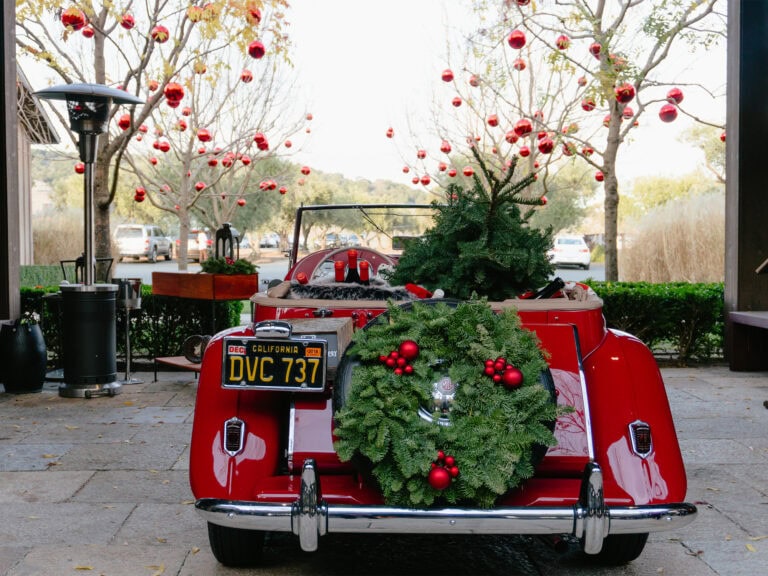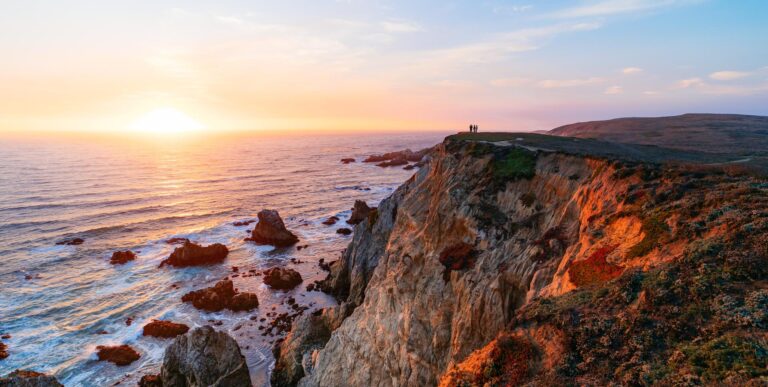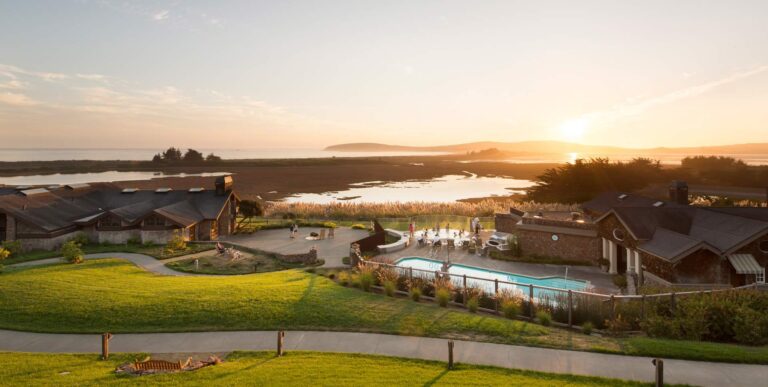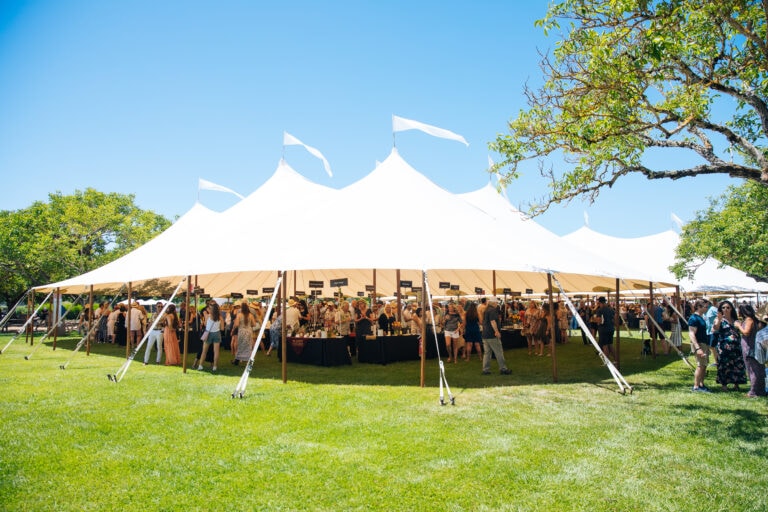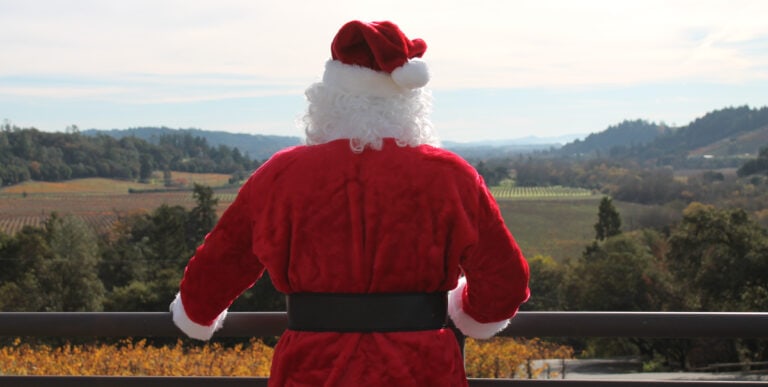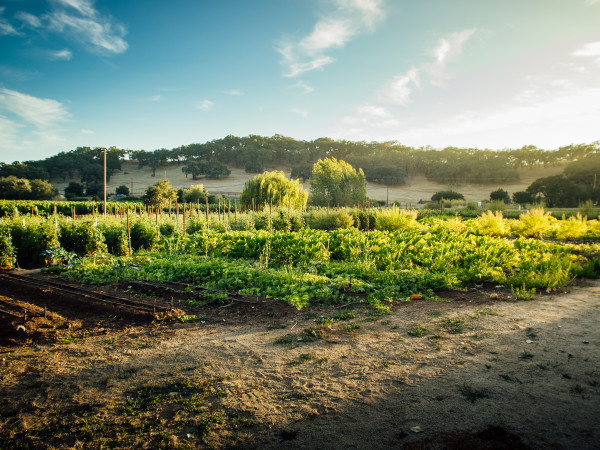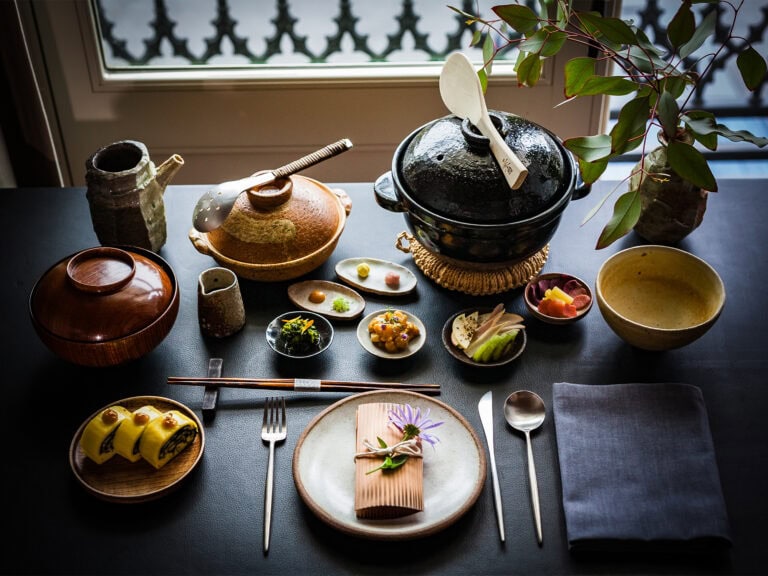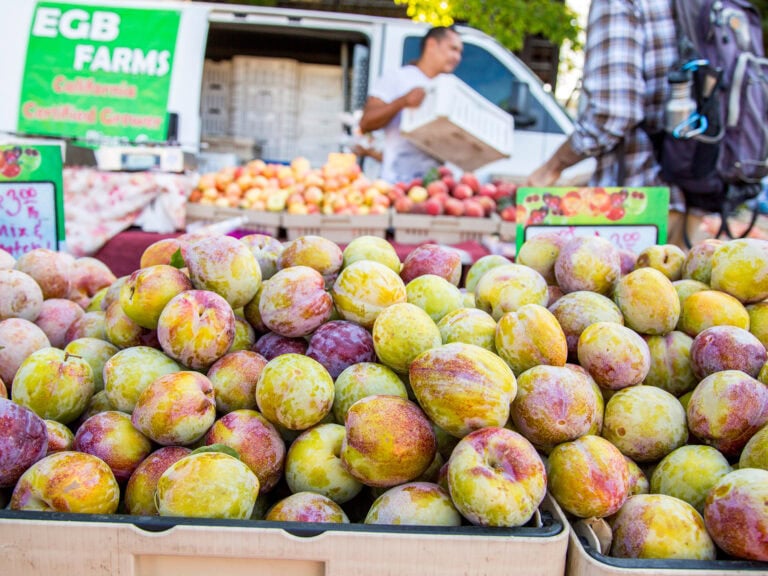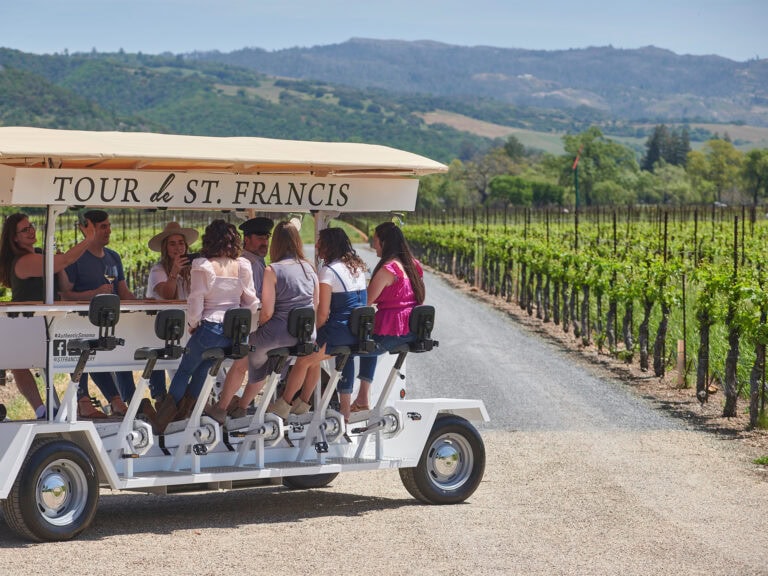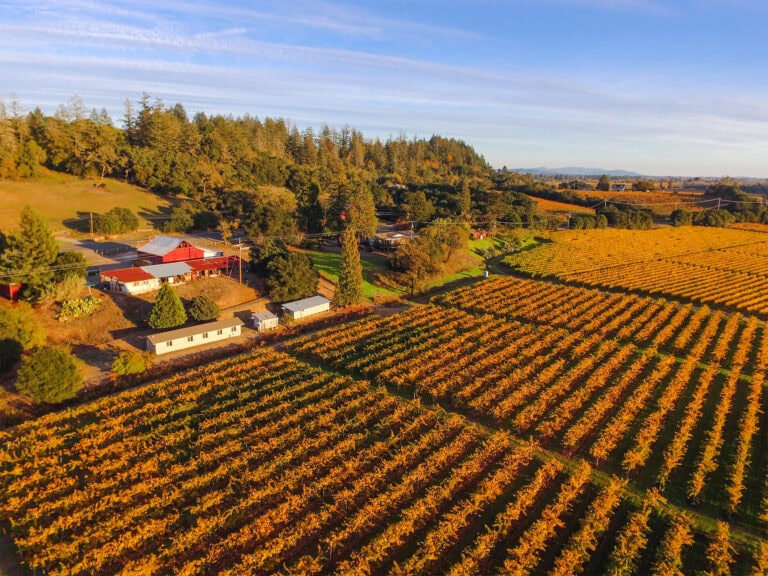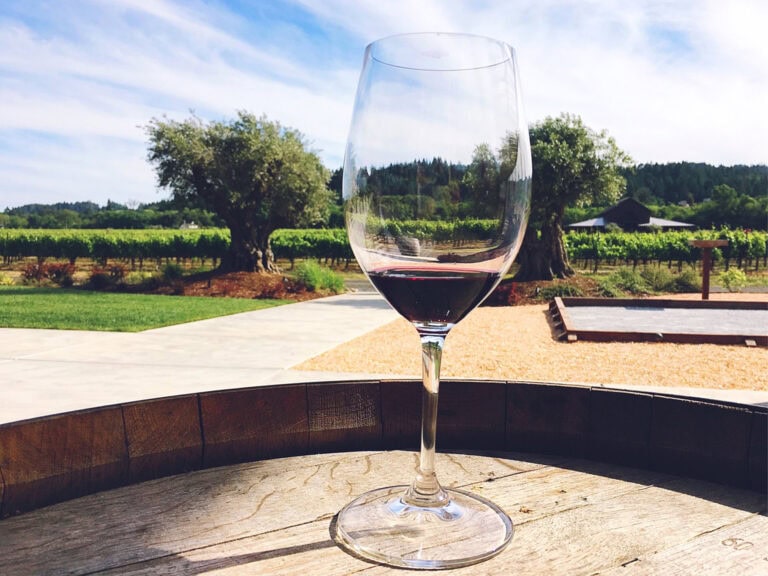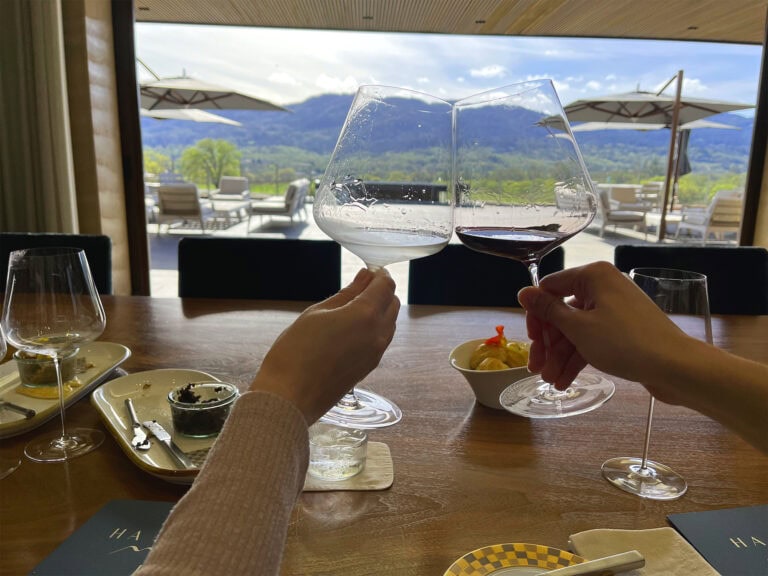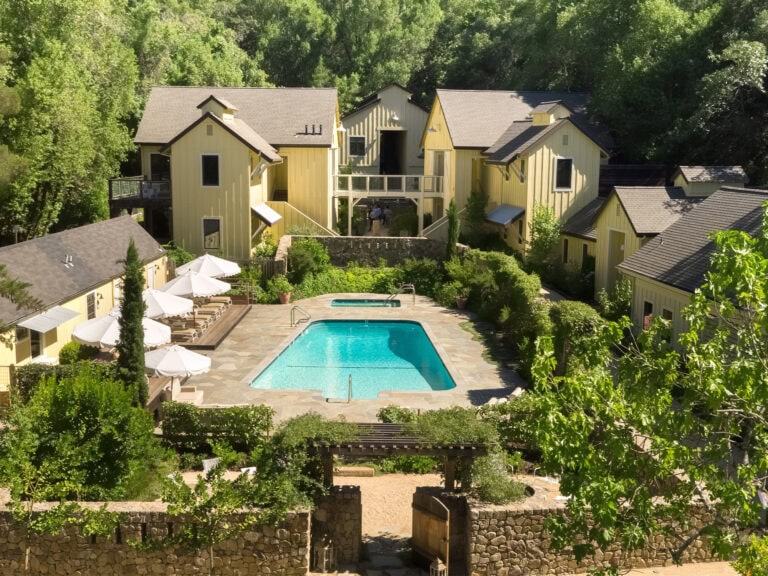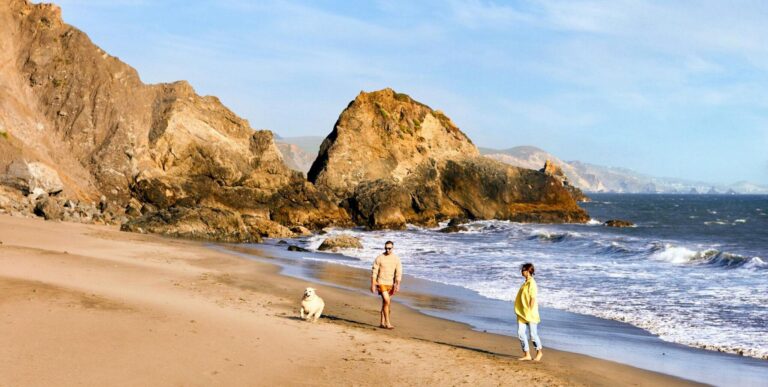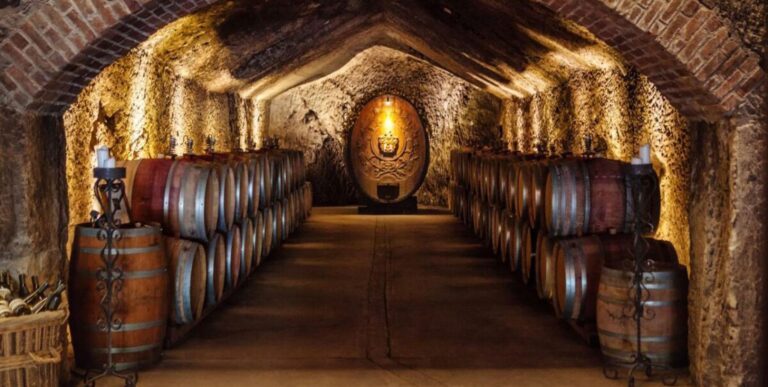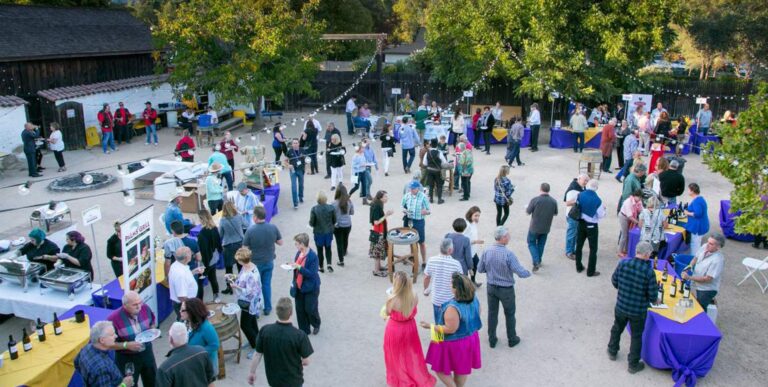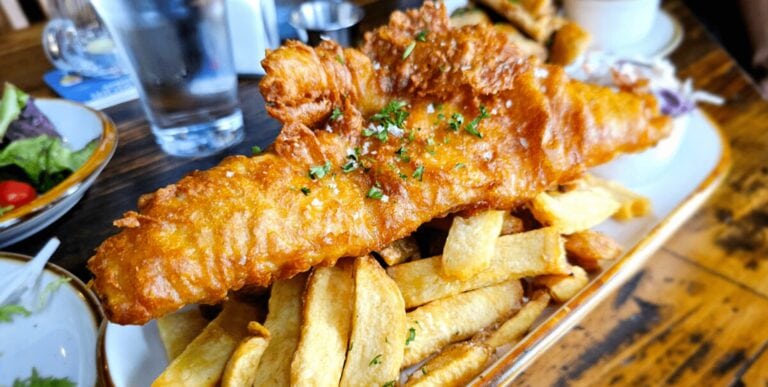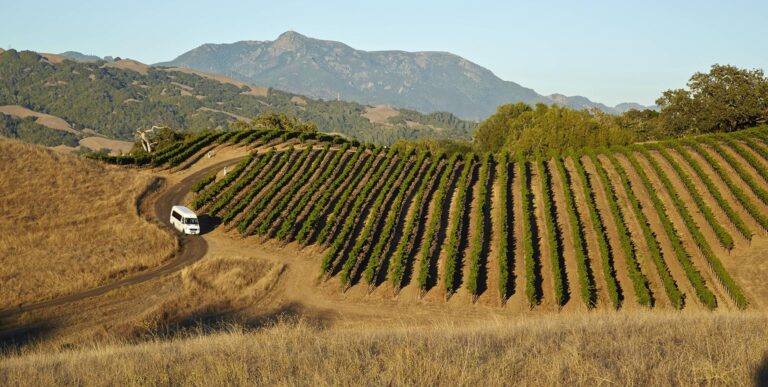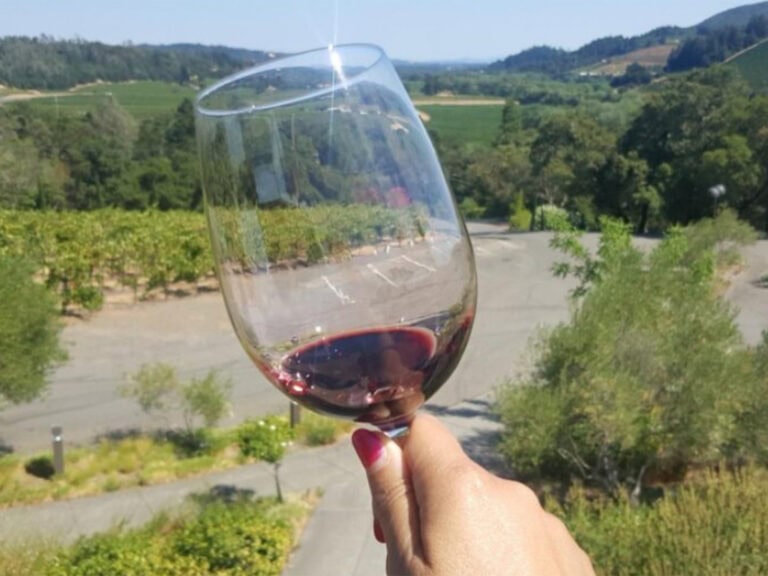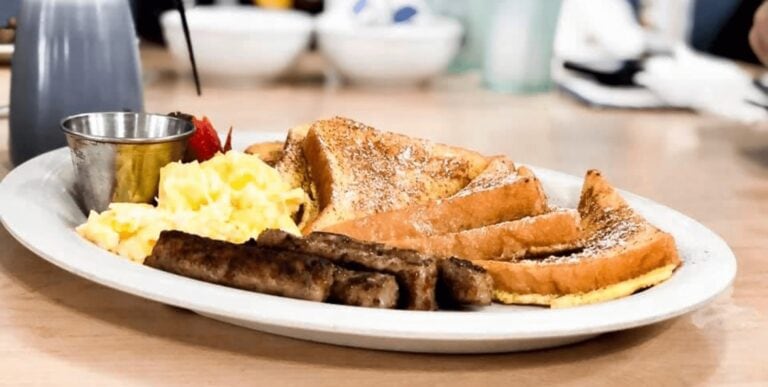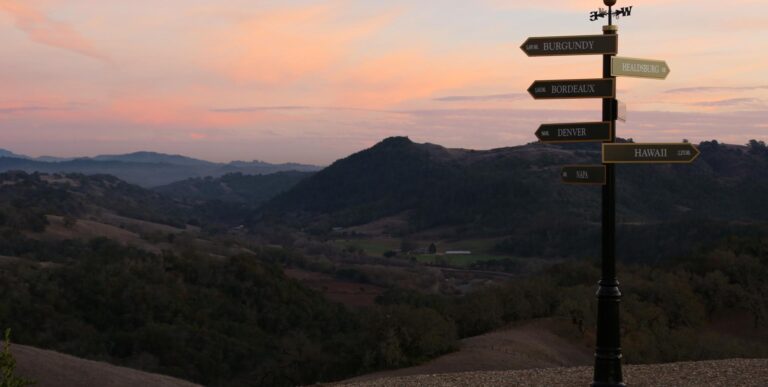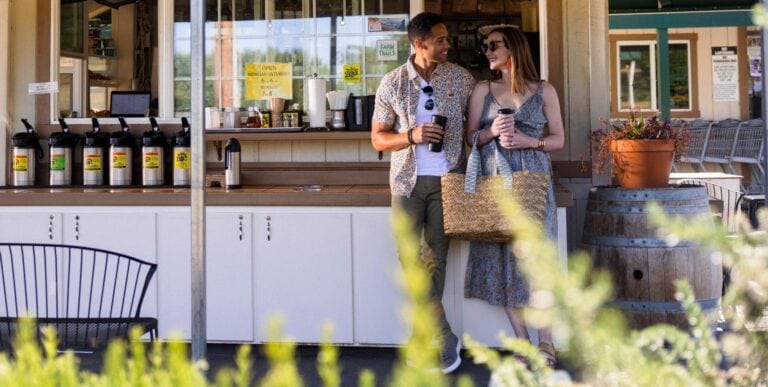Riesling in Sonoma County
Once upon a time in Sonoma County, Riesling had such an excellent reputation that it could launch a winery’s fortune. While far rarer today, you can still find some fantastic expressions of Riesling from Sonoma County producers who are challenging assumptions about the varietal.
Riesling Key Facts
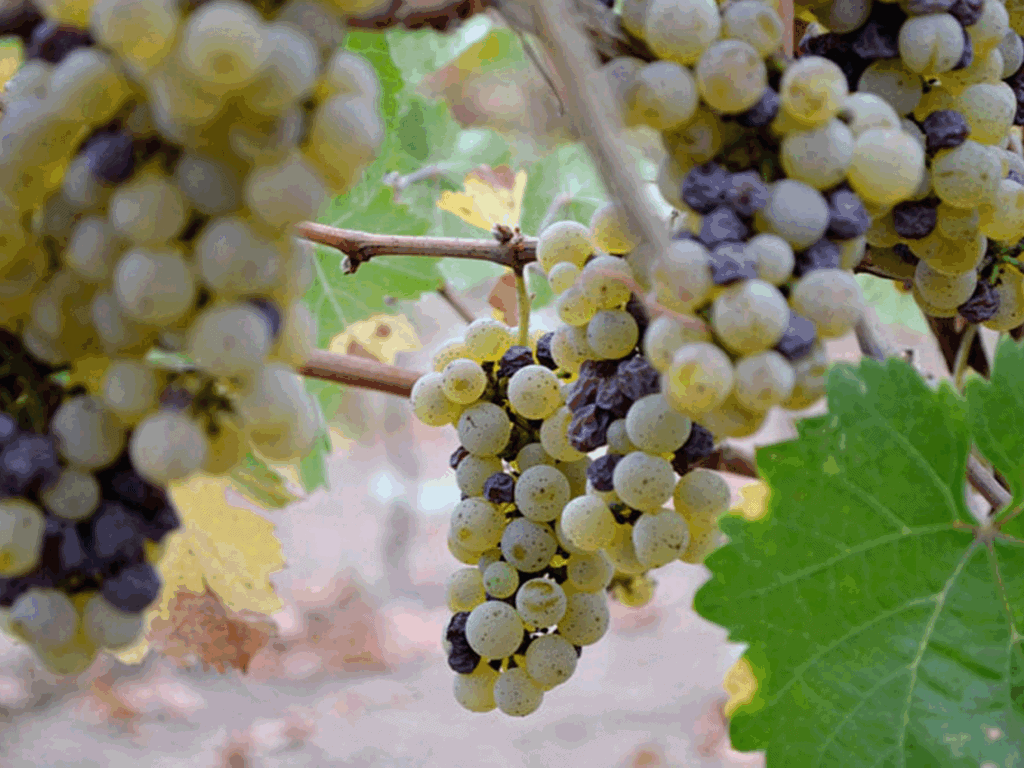
The Riesling vine was first mentioned in 1435 in Germany, its assumed birthplace and where it attained its greatest fame. A cross between Gouais Blanc (a workhorse Medieval grape and a parent of Chardonnay) and a mystery grape with partial Traminer parentage, Riesling is hardy and cold-tolerant, and forms small, round green berries that turn a pretty gold color, often speckled with “freckles” when ripe.
Riesling is rarely blended. In the Alsace region of France, near the border with the German Rhineland, some vintners make an aromatic white blend with Gewürztraminer and Pinot Blanc, but otherwise Riesling has been labeled as a varietal wine (i.e., made from a single variety of grape) by exacting German vintners for centuries.
Riesling is grown in all of Germany’s important wine regions, including the Mosel, Rheingau, Pfalz, and Baden, as well as throughout Austria. But not all of Riesling’s historically important regions are in cool-climate Central Europe. In the 1840s, immigrant winemakers planted Riesling in South Australia, where regions like Clare Valley and Eden Valley are still renowned for their distinctive, exhilarating styles of dry Riesling.
Riesling in Sonoma County
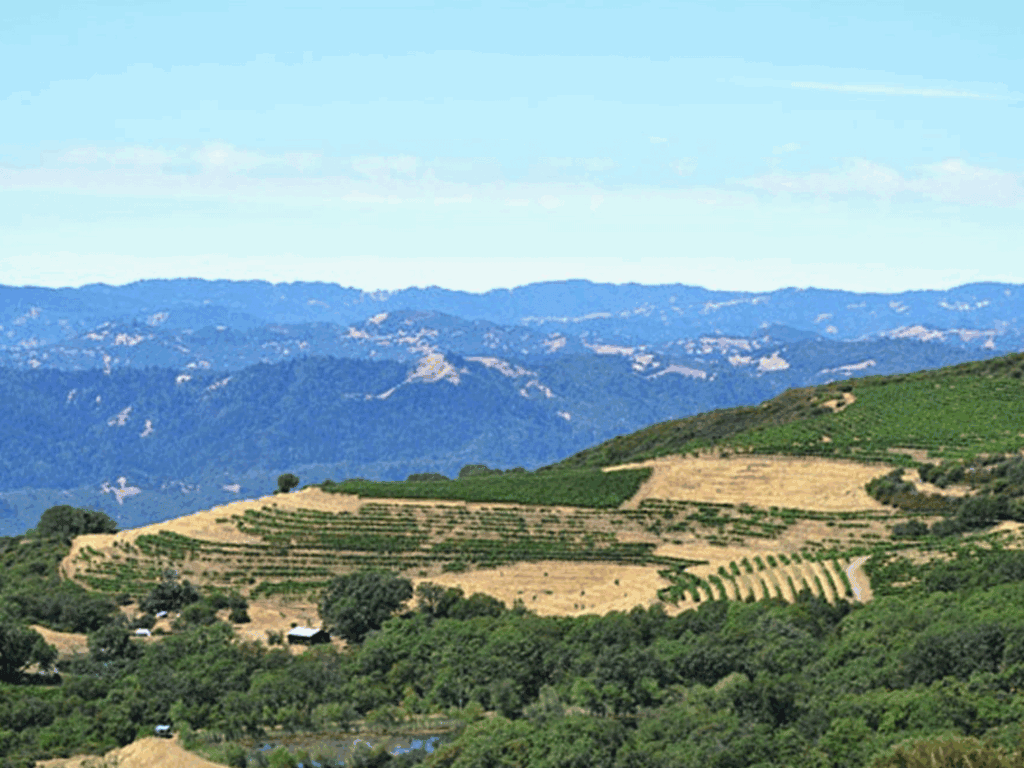
Among Sonoma County’s white cultivars, Riesling takes eighth place behind seven other grapes, holding down just about 55 vineyard acres out of the county’s 19,800 acres of white grapes.
It was not always so. Riesling vines were imported to Sonoma County as early as the 1840s, and immediately took top billing at wine shows. Vintners and wine judges understood it to be among the world’s so-called “noble” wines, and enthusiastically approved of the California versions.
As noted by wine historian Charles Sullivan in his 2013 book, Sonoma Wine and the Story of Buena Vista, Riesling made by northern Sonoma County’s historic Italian Swiss Colony was on the wine list of every San Francisco hotel in 1934 (following the repeal of Prohibition), alongside the winery’s Zinfandel and “Tipo” Chianti-style wine.
In the 1940s, when famed Sonoma Valley viticulturist Frank Bartholomew asked UC Davis what to plant at Buena Vista Winery, he was advised: Riesling and Cabernet Sauvignon. And as author Stuart Pigott points out in his book, The Riesling Story, at the 1949 grand opening of the Shamrock Hotel in Houston, Texas, 3,000 guests—including Errol Flynn and Ginger Rogers—were offered Riesling from Sonoma County’s now-defunct Fountaingrove Winery.
In 1975, a late-harvested 1974 Riesling from Chateau St. Jean created a sensation when it won a gold medal at the Los Angeles County Fair, and put the nascent winery on the map. “I remember it sold for the ungodly price of $6.25, and people were aghast,” remembers St. Jean’s then-winemaker, the legendary Richard Arrowood. “A distributor raised the price to $15 a bottle and sold every single bottle.”
By the dawn of the 1980s, once-popular Riesling sank into the doldrums, possibly due to changing tastes, or maybe a profusion of inexpensive Riesling that flooded the market with poor quality. Given its success in South Australia, though—a region with a climate similar to the Sonoma Valley—the conventional wisdom of, “wrong variety, wrong place,” may not hold up.
Riesling Style
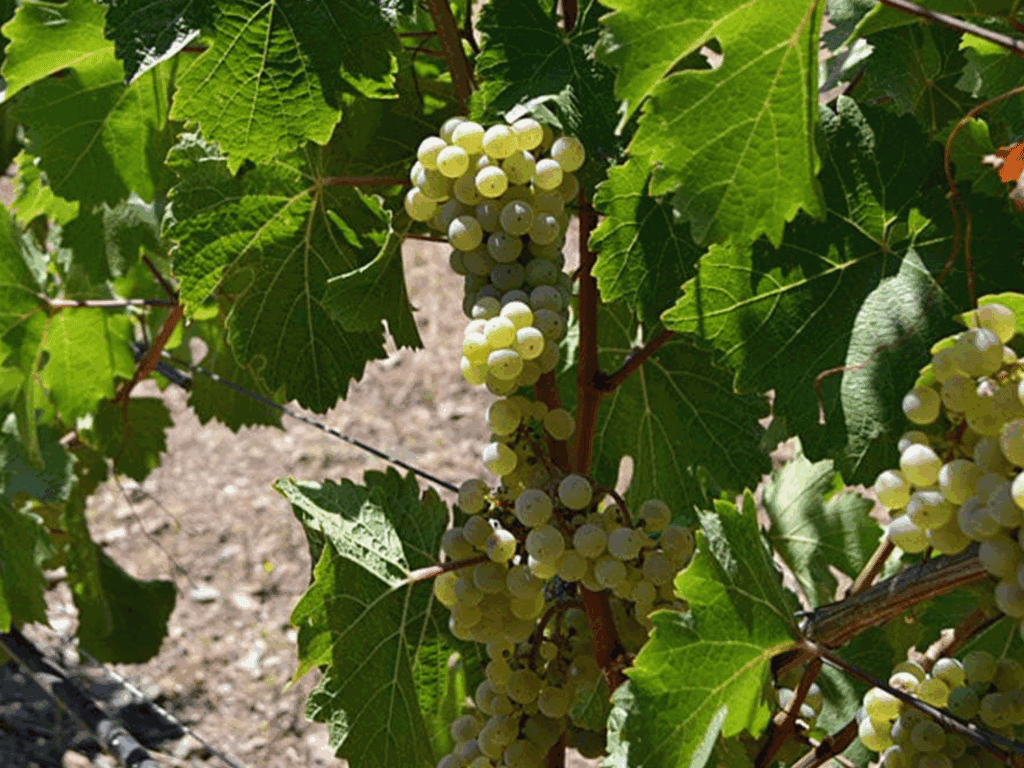
Like its fellow aromatic whites, Gewürztraminer and Muscat Blanc, Riesling is tagged with descriptors like stone fruit, slate, honeysuckle, cinnamon, lime, and lanolin. However, Riesling’s persistent acidity and assertive yet refined palate enable it to age much longer — and in some cases, as long as the best Cabernet Sauvignons.
Many people assume that Riesling is always a sweet wine, and have been misinformed to associate sweet wines with a lack of sophistication. (Maybe they’ve never tried Sauternes?) Riesling has long been made in a wide range of styles — and these days, very dry Riesling is the style of choice.
Winemaker Richard Arrowood, mentioned above, is still a proponent of Sonoma County’s late-harvest style of Riesling. “When you get up into the late harvest style — trockenbeerenauslese, etc.,” says Arrowood, “a lot of those wines could easily be mistaken for a wine of German heritage.”
But as wine writer John Winthrop Haeger explains in his 2016 book, Riesling Rediscovered, climate change has played a crucial role in Riesling’s style evolution. In the relatively cold 19th century, Riesling rarely ripened to its full suite of flavors, thus requiring more sugar to balance its high level of acidity. In the far warmer 21st century, though, Riesling can ripen more completely, making full-flavored, dry Riesling (a style called trocken in German) the rule in Europe, Australia, and California.
Sonoma County Riesling Producers
Riesling vineyards and producers are few and far between in Sonoma County, but include:
Sonoma Valley
Imagery Estate grows Riesling on their Pine Mountain-Cloverdale Peak vineyard, and eclectic Scribe Winery makes estate Riesling on property that was Riesling turf in the 19th century.
Dry Creek Valley
The famed Russian River Valley Pinot Noir region is also suited for cool-climate-loving Riesling, but Pinot gets a better price. Healdsburg’s Riesling-inspired Cartograph offers a fine Anderson Valley version.
Petaluma Gap
Azari Vineyards used to label their 100 percent Riesling as “Luma” white until 2015, but now proudly labels it as varietal.
Riesling reading list
- The Riesling Story: Best White Wine on Earth. Stuart Pigott, 2014.
- Riesling Rediscovered: Bold, Bright, and Dry. John Winthrop Haeger, 2016.
- International Riesling Foundation, drinkriesling.com
Written by Sonoma Insider James Knight
Places Mentioned
THIS IS WINE COUNTRY.
Share your experience using #SonomaCounty or #LifeOpensUp

